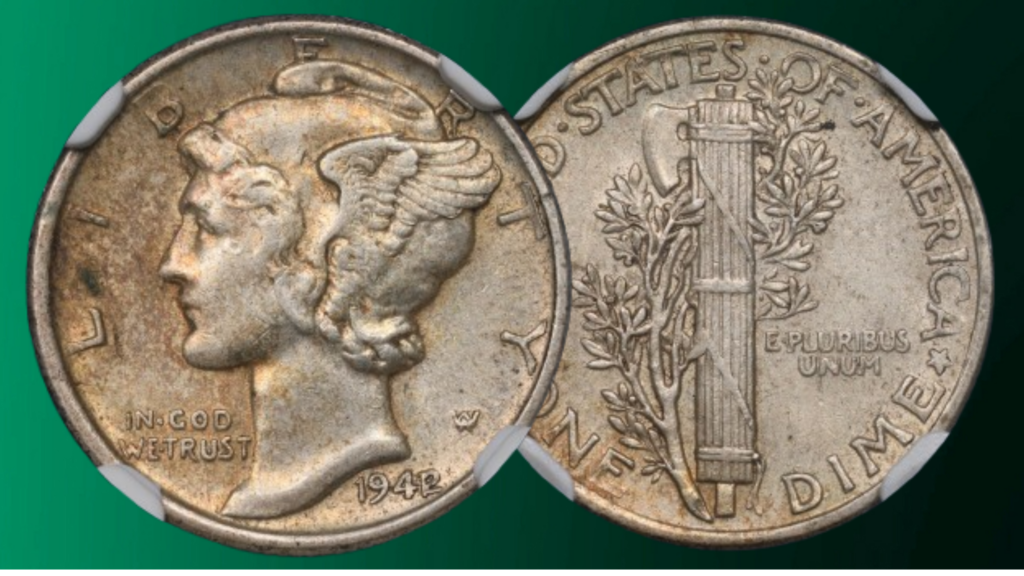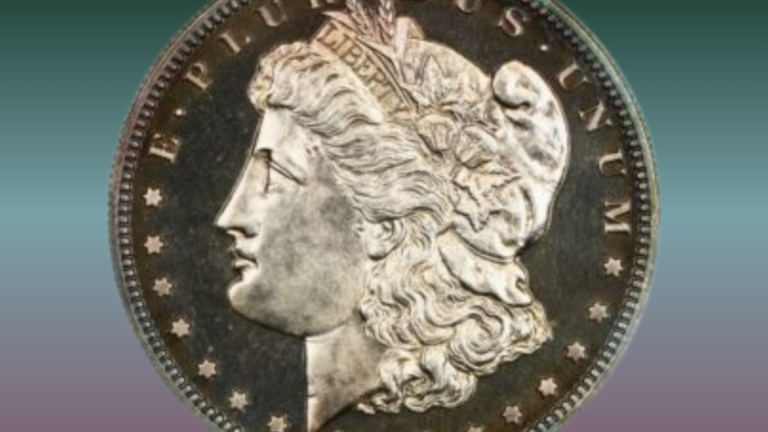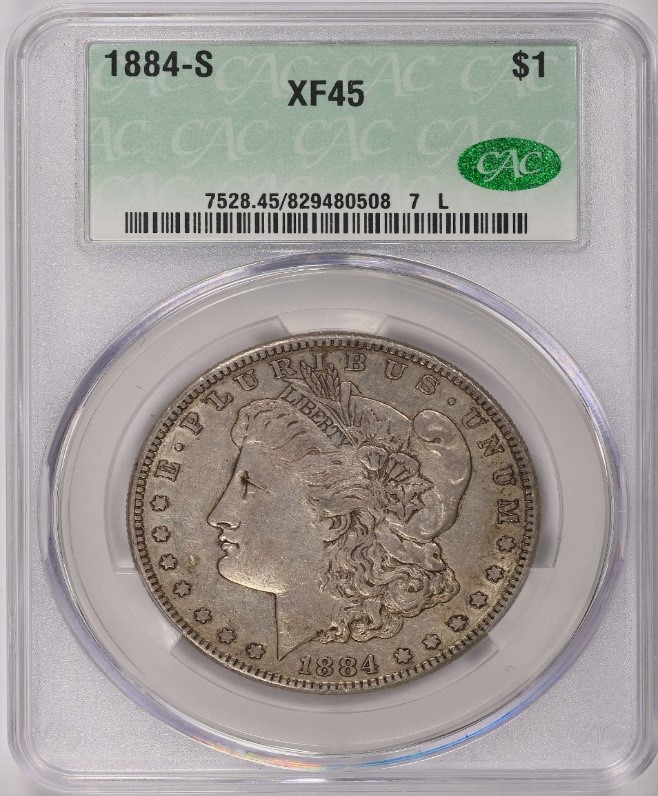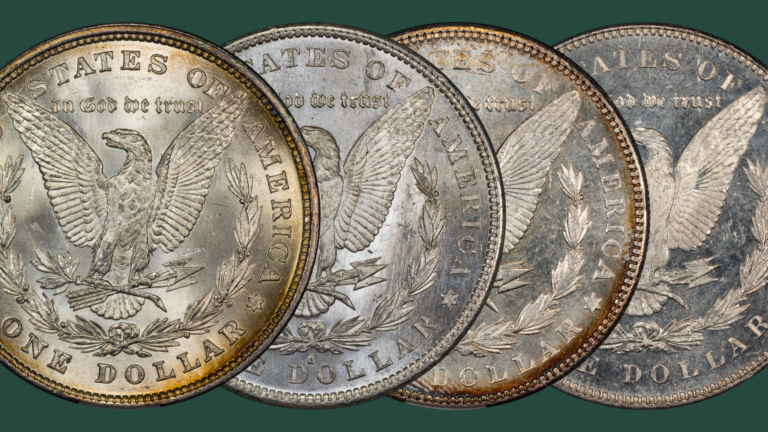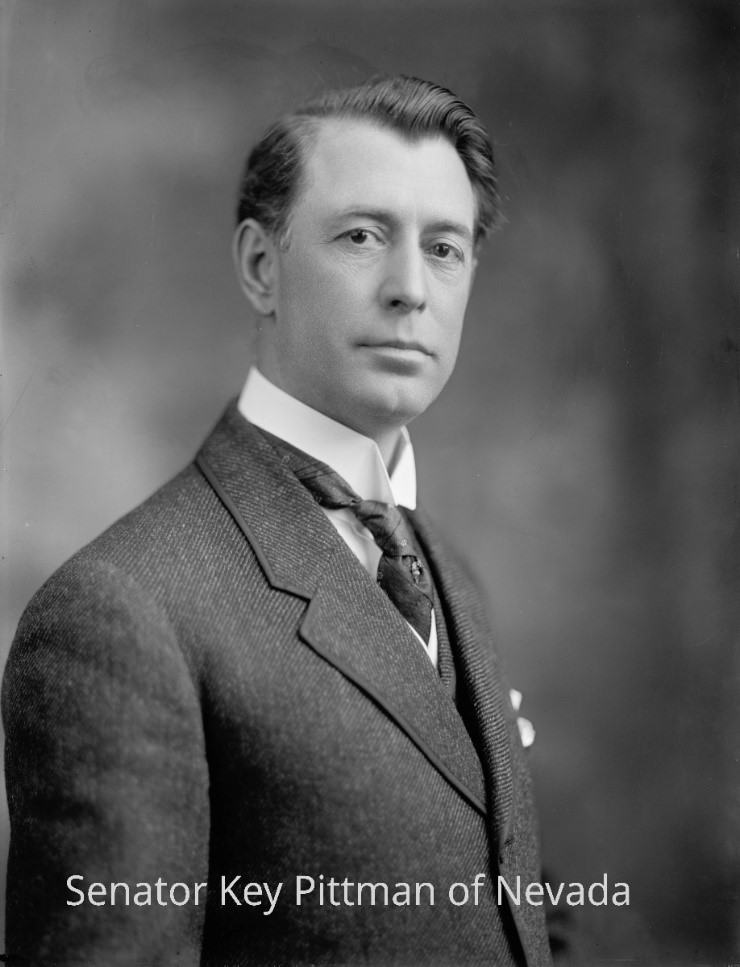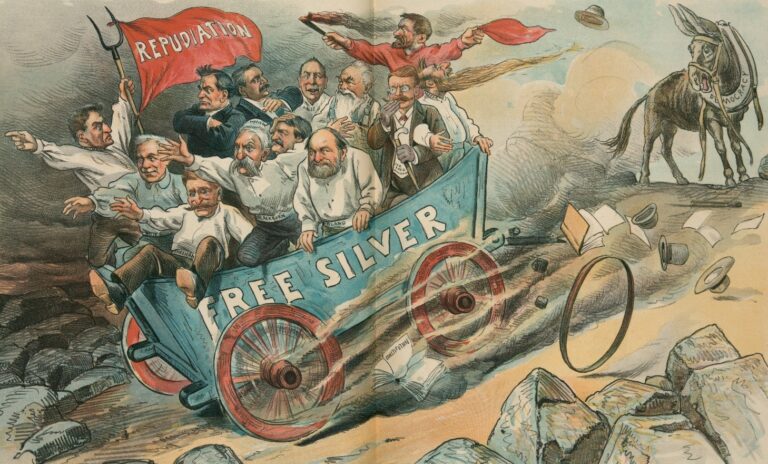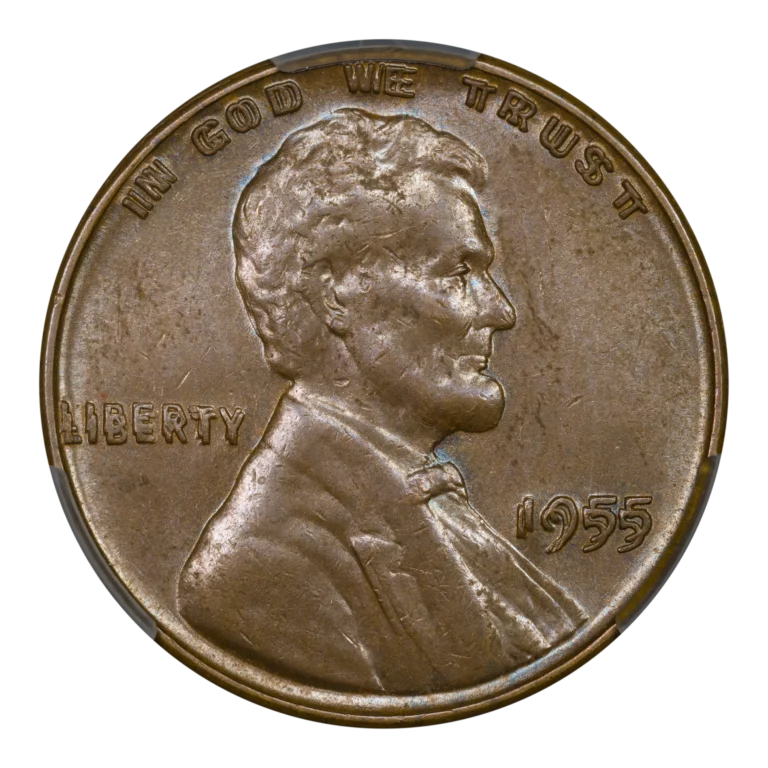by Greg Reynolds
This is the fifth in a series on assembling a set of Mercury dimes (Mercs) from 1916 to 1945. It makes sense to collect Mercury dimes ‘by date’ (and mint location) before deciding whether to add major varieties to a set. For budget-minded collectors and beginners, this is not a decision to be taken lightly as suitable representatives of major varieties may be very expensive or may take a long time to find.
The most famous varieties of Mercury dimes are 1942/41 Overdates. Very noticeable varieties relating to the numerals in the ‘date’ are generally considered to be more important than varieties relating to other elements in the design. By tradition, collectors often assemble sets of U.S. coins ‘by date’ (and mint location), and an overdate is different from a regular or ‘normal’ date.
When I was a kid, the concept of a mint location was incorporated into the term ‘date.’ My friends and I knew that the 1916-D Mercury dime was the key date, while the 1916-S was not the key or even a semi-key to the series. The 1916-D and the 1916-S were thus two different dates of the same year.
Since the advent of registry sets sponsored by grading services, the terms ‘date’ and year have become confused, and collecting by date has come to refer to collecting one coin from each year of a design type, regardless of mint location. Now, grading services regard the 1916-D and the 1916-S as being the same date, so that either satisfies the requirements for a set ‘by date,’ as distinguished from a “traditional” set where both a 1916-D and a 1916-S would be required for completeness.
An immediate point is that there is a need to be clear regarding the reasons to include specific coins in sets. A relevant concept relates to Doubled Dies.
Doubled Dies

If doubling is readily apparent on the numerals of the year, I refer to a Doubled Die as an additional date of the same year. On 1955/1955 Lincoln cents, the doubling of ‘1955’ is pronounced so the 1955 ‘Doubled Die’ is a second Philadelphia Mint date of the same year. Understandably, some coin experts disagree on this point. Others figure that the 1955/1955 Double Die is an anomaly that is fun to collect, yet is not really needed for a set. The same is true of 1916/1916 Buffalo nickels. All Doubled Die Obverse (DDO) varieties, however, are not equal. Doubling may be far more pronounced on some and almost trivial on others.
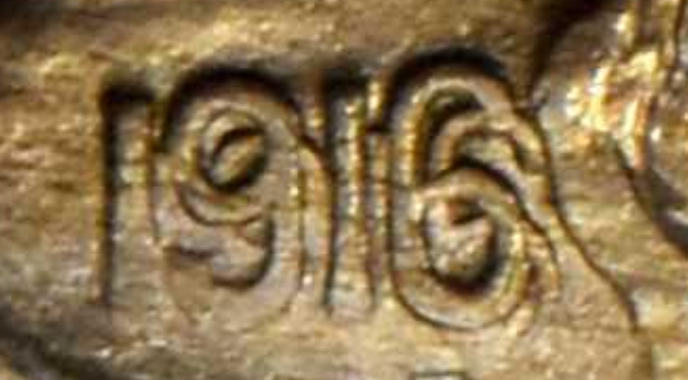
As for the 1919 Doubled Die Obverse (DDO) Mercury Dime, I regard it as a minor variety. Tom DeLorey, in contrast, regards it as a major variety, as the doubling is “bold and amazing.” DeLorey notes, though, that the 1919 DDO dime is “much less spectacular in appearance than 1955/1955 DDO Lincoln cents because just part of the motto, ‘In God We Trust,’ on the dime is noticeably doubled, while there is much more doubling on 1955/1955 DDO Lincolns.” Tom has been researching Doubled Dies and other die varieties since the 1970s, and is an award-winning author of a large number of articles.

Suppose that a 1955/1955 cent, a 1916/1916 nickel, a 1919 Doubled Die dime, a 1918/7-S quarter, a 1942/41 dime and a 1942/41-D dime were all placed side-by-side. Further suppose that relatively high quality and fairly clear examples of all six of these varieties were included in such a display. From my perspective, the 1955/1955 cent, the 1916/1916 nickel and the 1942/41 dime would all ‘jump out’ and grab me. Furthermore, the 1918/7-S quarter is very noticeable and clear without magnification. The 1919 DDO dime and the 1942/41-D dime, in contrast, are just not distinctive enough to command attention, in my opinion. The anomalies are hardly noticeable. A few of the letters on the 1919 DDO appear sort of childish. I am not recommending including a 1919 DDO or a 1942/41-D in a set ‘by date’ (and mint location) with major varieties.
The 1942/41 and 1942/41-D overdate dimes are similar, yet different. On the 1942/41-D, the second ‘1’ is not really there. About the numeral ‘2,’ there are irregular bits of metal that researchers have concluded must have been part of a numeral ‘1’!

Show off Your Collection in the CAC Registry!
Have CAC coins of your own? If so, check out the CAC Registry–the free online platform to track your coin inventory, showcase your coins by building public sets, and compete with like-minded collectors!
Overdates and Mintmarks
Over a period of decades, I have consistently maintained that an overdate or overmintmark that is clearly recognizable and is apparent without magnification is an additional date in the respective series, certainly a major variety. In contrast, an overdate that requires magnification and concentration to discern is a minor variety that is not really needed for a set ‘by date’ or for a set with major varieties. A major overdate should be clearly evident without the need to consult a published reference. Therefore, a set of Mercury dimes with major varieties need include a 1942/41 Philadelphia Mint overdate, and does not require a 1942/41-D. I realize, of course, that others disagree. I am attempting to be helpful, with the use of experience and logic.
The generally accepted theory regarding the origin of the 1942/41 overdate is that two different hubs were impressed upon the same die. In October or November 1941, dies for 1941 dimes were still being manufactured, or at least 1941 hubs were still viable, and preparations were being made for the striking of 1942 dimes.

Generally, during the nineteenth century, numerals in the date were punched directly into the dies rather than into a hub that was used to make dies. If a die from the previous year was re-used, one or two numerals could be punched over present or eradicated numerals from the year before.
Beginning at some point early in the twentieth century, the numerals of the date were incorporated into the hub and thus not later punched into each working die. Hubs are used to make dies, and dies are used to mint coins. With a coining press (or ‘by hammer’ centuries ago), an obverse (head) and reverse (tail) die are forced to impart designs into a prepared blank (planchet) to produce a coin.
It was necessary for a die to receive multiple impressions from a hub, and the die was usually heated in between impressions. A theory is that a die was impressed with a 1941 hub and then taken away from the press to be heated. After it was brought back, it was accidentally impressed with a 1942 hub.
According to Tom DeLorey, “back then, the engraving department would change the dates on all denominations by taking a high quality hub for the current year and removing some or all of the date. They would then sink a partially dated or undated Master Die, punch one to four new digits of the ‘date’ [year], and use that to raise up a new Master Hub. Therefore, a 1941 hub and a 1942 hub would be nearly identical, as only one digit would be entirely different.” DeLorey adds that the “primary difference between a 1941 hub and a 1942 hub would, of course, be the last numeral in the date, though one to three of the other numerals may be in different locations.” In the case of the 1942/41 overdate dime, an impression from a 1941 hub was accidentally followed by an impression from a 1942 hub on the same working die. The numeral ‘4’ is doubled because it was in a slightly different location on the two hubs. On the 1942/41 working die, which was made from 1941 and 1942 hubs, it is unsurprising that a numeral ‘2’ is confusingly overlaid upon and sharing space with a numeral ‘1’!
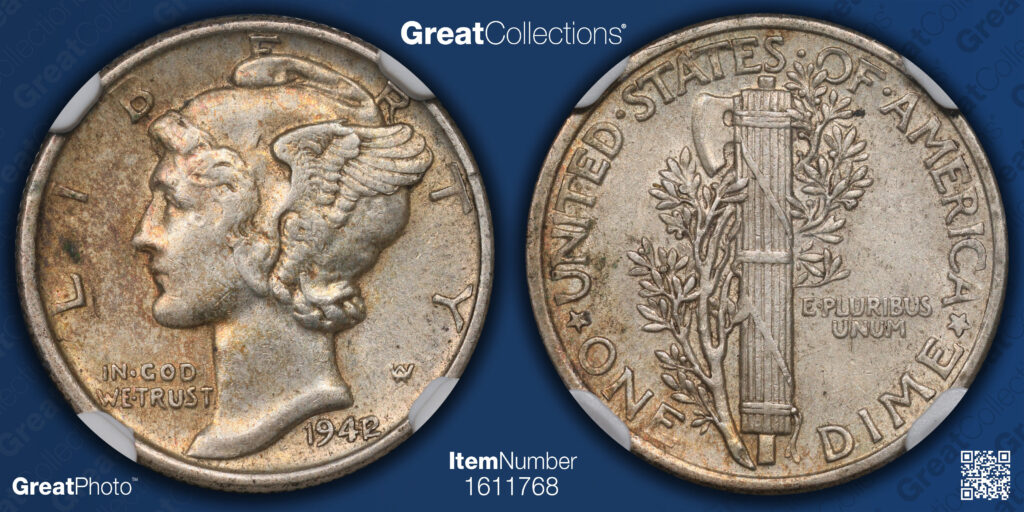
As of Nov. 10, 2024, the CAC population of 1942/41 overdate dimes is 443. Of these, 417 received CAC stickers and 26 were encapsulated into CACG holders. They are condition rarities in grades above MS-62. The 1942/41 overdate dimes with ‘FB’ designations command gigantic premiums, and are not good values, in my view. All other factors being somewhat equal, it is better to buy a 1942/41 without an ‘FB’ designation.
On Aug. 4, 2024, GreatCollections sold a CAC approved XF-45 grade 1942/41 dime for $953.70. Higher grade representatives of this variety are notably more expensive. On July 28, GreatCollections sold a CAC approved AU-58 grade 1942/41 for $2,695. On March 25, 2021, Stack’s Bowers auctioned a CAC approved MS-62 grade 1942/41 for $3,360. On Jan. 22, 2023, GreatCollections sold a CAC approved MS-64 grade 1942/41 for $8,525.
“Large S” Mintmark
In my view, the 1928-‘Large S’ is a major variety. The ‘S’ really is ‘something else’! In his book, “The Complete Guide to Mercury Dimes” (Virginia Beach: DLRC Press, 1993), the late David Lange refers to a “Small S” used from 1917 to 1941 and a very large ‘S’ used just in 1928 (p. 97). The CAC population for this variety is just five: one as AU-55, one as MS-62, one as MS-63, zero as MS-64, and two as MS-65. One of the CAC two at the MS-65 level was sold by GreatCollections on Nov. 3, 2024, for $1647.80, probably a good value.
[Di1928_Large S GreatCollections Coin Auctions.png] On March 30, 2017, Stack’s Bowers auctioned a PCGS graded MS-66+ 1928-‘Large S’ with an ‘FB’ designation and a CAC sticker, for $9987.50. This was not a good value for a budget-minded collector, in my opinion. There is not a need to spend an amount close to $10,000 to obtain an appealing representative of the 1928-‘Large S’

1934-D & 1935-S/S
Regarding the 1934-D, Lange refers to both ‘Small D’ and the ‘Large D’ punches being used on dies for dimes this year. Before 2012 or so, collectors frequently made a distinction between 1934-‘Small D’ and 1934–‘Large D’ dimes. Interest in this distinction faded, probably because the ‘Large D’ really is not much larger than the ‘Small D’ and because there are multiple mintmark varieties pertaining to 1934-D dimes. These are all subtle and require high magnification to be understood. It is unlikely that 1934-D mintmark varieties, attributed or not, sell for significant premiums in most cases. A collector who is really interested could easily acquire these without spending large sums, though time and patience may be required. For a set ‘by date’ with major varieties, only one 1934-D dime is needed.
The 1935-S/S is more popular than most other repunched mintmarks, perhaps because the mintmark appears oddly malformed. In my view, the 1935-S/S is not a major variety, though some collectors are enthusiastic about it.
As of November 2024, CAC has stickered six 1935-S/S dimes, one as grading XF-45, one as AU-58, one as MS-64, one as MS-65 and two as MS-67. There exist quite a few sub-64 grade Mercs of this variety that would qualify for CACG grades if submitted to the Virginia Beach office in the future.
Perhaps some collectors should consider searching for a 1935-S/S? On Oct. 31, 2018, Stack’s Bowers sold a non-CAC, certified MS-63 grade 1935-S/S for $720, many multiples of the value of an average, certified MS-63 grade 1935-S dime.
1945-‘Micro S’
There are several mintmark varieties pertaining to the 1945-S, most of which are hardly noticeable. The 1945-‘Micro S’ is quite apparent and has long been collected as a second 1945-S date of the same year and mint. According to David Lange, this ‘S’ is smaller than the relatively small ‘S’ mintmarks used on Mercury dime dies earlier in the series. Its shape is different from other ‘S’ mintmarks employed in 1945. Apparently, the ‘Micro S’ mintmark was only used in 1945 and only used on dimes (Lange, 1993, p. 156).
[Di1945MicroS_CloseUp_GreatCollections Coin Auctions.png] On Aug. 11, 2024, GreatCollections sold a CAC approved MS-65 grade 1945-‘Micro S’ dime for $176.61. On Nov. 3, GreatCollections sold a CAC approved MS-66 grade 1945-‘Micro S’ dime for $330. Those with a ‘Full Bands’ (FB) designation cost considerably more. I recommend pursuing a 1945-‘Micro S’ dime without an ‘FB’ designation.
Doubled Dies
“There are many, many working dies from the 1930s and 1940s that have tiny mis-alignments between impressions. The great majority of them are insignificant,” asserts Tom DeLorey in a response to an inquiry of mine in October 2024. Such imperfect hubbing of dies resulted in a large number of Mercury dimes exhibiting some slight doubling.
Indeed, Double Die Obverse (DDO) Mercs are known for more than a dozen different dates. There are many repunched mintmark (RPM) varieties, too. Most of these are so slight that only an extremely interested collector or specialized dealer would notice them. In many cases, a microscope is needed to identify DDO or RPM varieties of Mercury dimes.
While it might be fun to collect minor varieties, it would be very time-consuming and it is hard to estimate their market values. Before even thinking about pursuing minor varieties, it would make sense to come close to finishing a set of Mercs ‘by date’ (and mint location) with major varieties.
In my mind, the major varieties are the 1928-‘Large S’, the 1942/41 Philadelphia Mint overdate, and the 1945-‘Micro S.’ Doubled Die Mercs so far have not captured my attention. Also, DDO and DDR Mercs do not receive much coverage in coin media.
While there are large specialized clubs for collecting pre-1839 silver coins, varieties of early copper coins, all aspects of Liberty Seated coins and die varieties of silver dollars, there does not seem to be either a large or a scholarly organization of collectors devoted to Mercury dimes. Thousands of collectors, however, quietly collect Mercury dimes ‘by date.’
After mostly completing a set of Mercs ‘by date’ (and mint location), a collector may wish to consider the major varieties that I mentioned here. I figure that it is more fun to build multiple sets of different design types than it is to spend years studying the nuances and anomalies that pertain to one series. Different collectors, however, have different objectives. There is no collecting formula that is ideal for everyone.
Images are shown courtesy of GreatCollections and Stack’s Bowers Galleries.
Copyright © 2024 Greg Reynolds
About the Author
Greg is a professional numismatist and researcher, having written more than 775 articles published in ten different publications relating to coins, patterns, and medals. He has won awards for analyses, interpretation of rarity, historical research, and critiques. In 2002 and again in 2023, Reynolds was the sole winner of the Numismatic Literary Guild (NLG) award for “Best All-Around Portfolio”.
Greg has carefully examined thousands of truly rare and conditionally rare classic U.S. coins, including a majority of the most famous rarities. He is also an expert in British coins. He is available for private consultations.
Email: Insightful10@gmail.com
